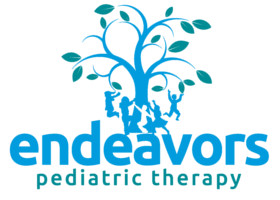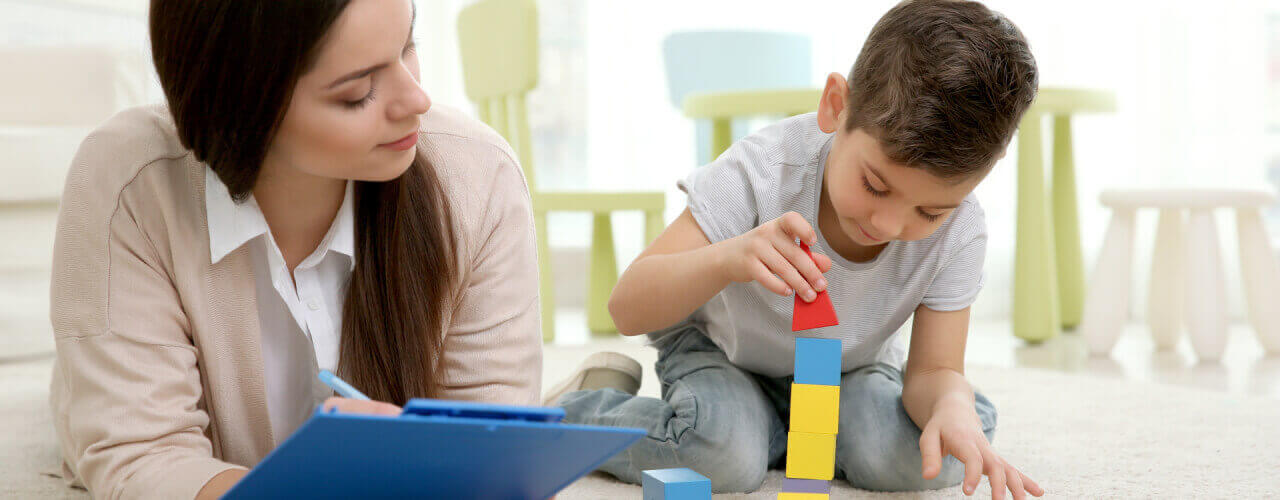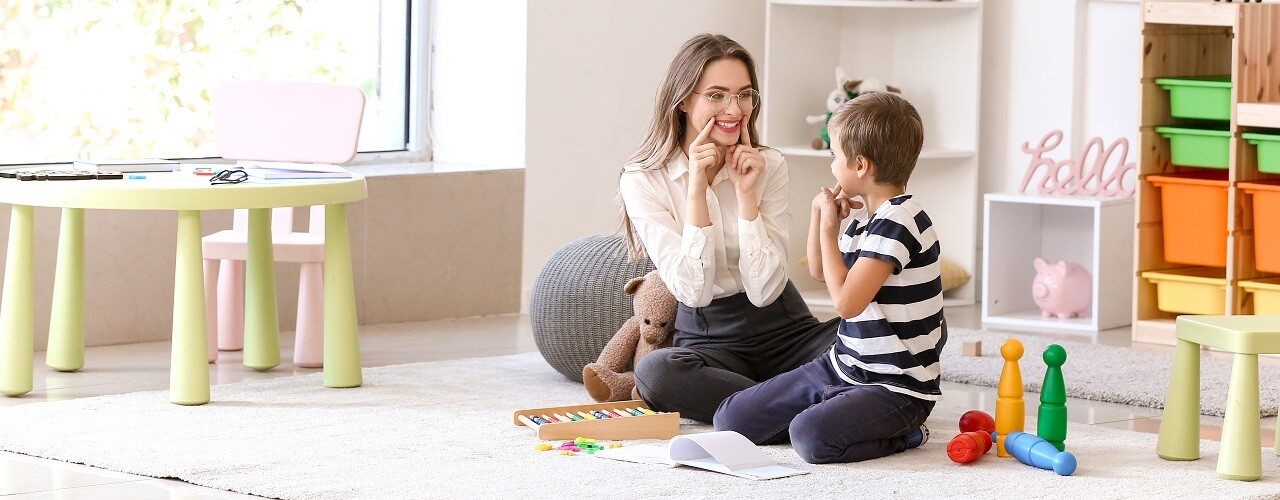Is your child having attention issues? Are these issues affecting how they play on the playground? A physical therapist can provide guidance and treatment to assist your child. The Centers for Disease Control (CDC) defines Attention-Deficit Hyperactivity Disorder (ADHD) as “inattention, e.g., difficulty holding attention, trouble organizing tasks, or easily distracted, and hyperactivity/impulsivity, e.g., excessive talking, fidgety, or trouble taking turns.”
If your child is experiencing motor planning issues, and showing signs of ADHD, rest assured that we are here to help. Pediatric physical therapy can address the movement issues within the context of ADHD. Give Endeavors Pediatric Therapy Services in Statesville a call today to schedule an appointment.
Helpful Hints for Managing ADHD and Movement Dysfunction
ADHD affects three to five percent of all preschool and school-aged children and is associated with or related to other pediatric disorders. In some cases, ADHD may be a differential diagnosis, and your child may have a movement disorder that has “disguised” itself with ADHD.
Let’s take Developmental Coordination Disorder (DCD) as an example. According to the American Physical Therapy Association, ADHD can occur with Developmental Coordination Disorder. Children with DCD may fall a lot due to balance problems; they may walk and run differently than their friends, and they may have trouble with motor planning.
Children with ADHD may also fall frequently, but this is due to being distracted instead of a lack of coordination. As you can see, these are complex diagnoses to separate, but they are not hard to treat.
Parents are vital to any home physical therapy program. Our physical therapists can educate parents on creating a structured environment.
Here are a few ideas to promote healthy interactions and physical performance:
- Positive reinforcement of desired behaviors. Provide a chart of success for the child to which a child can add stickers and visually track their progress.
- Consistent sleeping habits. Getting enough sleep each night will help your child stay focused during the day. A relaxing bath and/or story before bed may also be good rituals to start. Avoid screen time before.
- Daily routines set the tone. Set up predictable rituals at home to help your child know what to expect. Hang up a schedule for your child as a guide.
- Discuss the role of nutrition and ADHD and physical function with your child. Have them participate in the grocery shopping by picking out healthy options from the produce section.
How you can nurture brain development
Each of us is “wired” differently, and as we mature, we learn what works best for us. Children need guidance and nurturing to find their balance. Here are some ways your can help your child:
- Routines – Having a routine can provide structure to each day, so your child knows what to expect.
- Physical activity- Designate a time for playground time or neighborhood play each day.
- Sleep – Keep night and morning routines consistent- this is good for body and mind.
- Nutrition – Avoid sugar and caffeine, which may trigger behaviors.
- Support – Give your child what they need to succeed by listening and providing reassurance.
Our physical therapists are here to help you and your child
Motor planning issues occur in 30-50 percent of all children with ADHD. Deficits with strength, balance, and mobility are rarely addressed because so much emphasis is placed on the emotional and social problems associated with the condition.
Physical therapists are experts in movement. Not only can they identify potential problems with your child’s motor skills, but they can also develop a physical therapy plan to address them.
Unlike physical therapy after surgery or for an injury, physical therapy for a child with ADHD may look a lot like playing games! A physical therapist will use play to help your child gain the skills they need to sit upright in a chair, have better balance, and move appropriately.
Here are a few examples of what you can expect during your child’s therapy sessions:
- Setting the stage – your child’s therapist may use a whiteboard or other visual means to schedule the session, so your child knows what will happen.
- Prepping the body – your child’s therapist may use swings, therapy balls, or other movement supports to give your child input to organize their movements for success.
- Utilizing cognitive strategies – your child’s therapist may have your child verbally process activities before initiating them.
Ready to get your child started on a physical therapy treatment plan?
Even though there is no magic potion that will make your child’s ADHD symptoms go away, supporting their developing brain with routine, physical activity, sleep, nutrition, and support can set them up for success.
Adding physical therapy to their treatment plan can help address underlying motor problems that may be causing some of their symptoms.
Let’s work together for your child’s success. Give Endeavors Pediatric Therapy Services in Statesville, a call, and we will be happy to schedule an evaluation!
Sources:
- https://www.cdc.gov/ncbddd/adhd/diagnosis.html
- https://pediatricapta.org/includes/fact-sheets/pdfs/Fact%20Sheet_DevelopmentalCoordinationDisorder_2021.pdf
Tags: natural treatment, Physical Therapy, physical activity, ADHD, health and wellness, physical therapist



